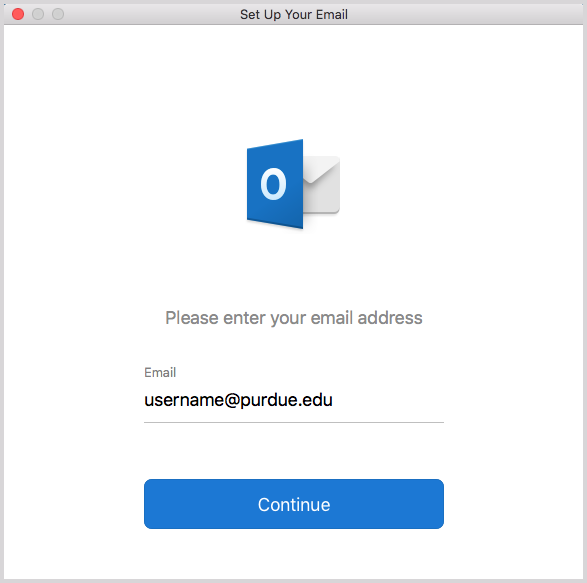

- Mac outlook 2011 email settings for sbcglobal how to#
- Mac outlook 2011 email settings for sbcglobal full#
If I click edit group, all i`m able to do is change the icon next to the group name, edit the description and change the posting permission between either I also need group “officers” to help with it, but there is no option at all for that,I can make any member admin, but dont want anyone to be able to ban members etc. Ideally I need to pin some info to the top of the group page (if that can be done) or at least send a private message to every member so they cannot claim to not have seen the rules when they get removed if posting prohibited items/insulting other members etc. I desperately need to add some basic group etiquette with regards to what can/cant be sold etc, I keep posting the relevant information but less than half an hour later it is so far down the list of posts that no-one would see (or read it) The group I created is a local buying/selling group with over 2000 members (and growing) (These 3 options are the same for all my groups,ĭespite only being the creator of one of them) ~add to favourites,edit settings or leave group. If I click on a group, I dont get `group owner options` (ie:message all members, edit group, edit members,edit group officers) in fact, I hav`nt even got the discussion board option, That should be seen by all group members. If i click on groups on the left side of my homepage, I get a list of groups I am in (but very basic, no information as seen on your screenshot shown above. I was the group creator, and have adminstrator status, but I cant access ANY of the options that I should be able to, But that’s a different discussion.Ĭan anybody offer me any advice regarding my facebook group please,
Mac outlook 2011 email settings for sbcglobal how to#
With too many choices, it becomes confusing and frustrating to know how to proceed. Truth be told, I think that there are too many options in Facebook and this is just one example. The Wall, generally, is used for throwaway comments in my experience, comments that are in the permanent record for that particular group, but are still more of the “fun party!” and “great application!” variety than anything more serious. If you want to invite people to respond to your query or comment, a discussion forum entry is your best bet. For example, if you send a message to group members, anyone who joins afterwards won’t know the message was sent. The difference between them all, by the way, is their persistence and permanence. In either case, I hope this gives you enough ideas about how you can interact with other group members on Facebook. Here I can easily send a message (email) to all the members of the group, something that you can’t do if you’re not involved with the administration of the group.Īnyway, that’s four, count ’em, four different ways you can interact with other group members, depending on whether it’s your group or one that you’ve just joined. For my group Friends of Ask Dave Taylor (you’re a member already, right? 🙂 in addition to the discussion board and the wall, I also see: Or you can leave a comment for everyone to see on “the wall” by clicking on “Write Something”: There are three different ways that you can interact with the members of this particular group you can start a discussion in the discussion forum: I’ll go ahead and jump into the SupportSpace group. Now you’ll need to click on the name of the group to which you want to send your message. The top of the groups page offers up three links:Ĭlick on “My Groups” to most easily see what groups you’re in: Once you’ve either created your own group or are otherwise a part of a group, you’ll find it shows up when you click on “Groups” on the top left of your Facebook home page. If you don’t have much experience with Facebook, you’ll want to probably start by finding and joining a Facebook group, then, assuming it’s fun, you’ll want to then create your own Facebook group. If this does not work, please check the settings again.Let’s go through the steps here. You can now test this by sending an email to yourself. Select the option "Use input server" info for authentication and confirm with OK.To ensure that sending also works, you will need to adjust the settings for the outgoing mail server. Your account is now ready to receive emails.
Mac outlook 2011 email settings for sbcglobal full#
The full name will be displayed on your outgoing emails as the sender name.

After Outlook adds the account, you can still change the account description and your full name.Enter your user name (the full email address), select an account type (IMAP is recommended), enter the associated server data (see tables below), and then continue with Add account.As soon as you have entered both, more input fields will be displayed. Now enter your email address and the corresponding password.Select Other email as the account type.Under Personal settings, click Accounts.Go to Outlook > Preferences in the menu bar.


 0 kommentar(er)
0 kommentar(er)
